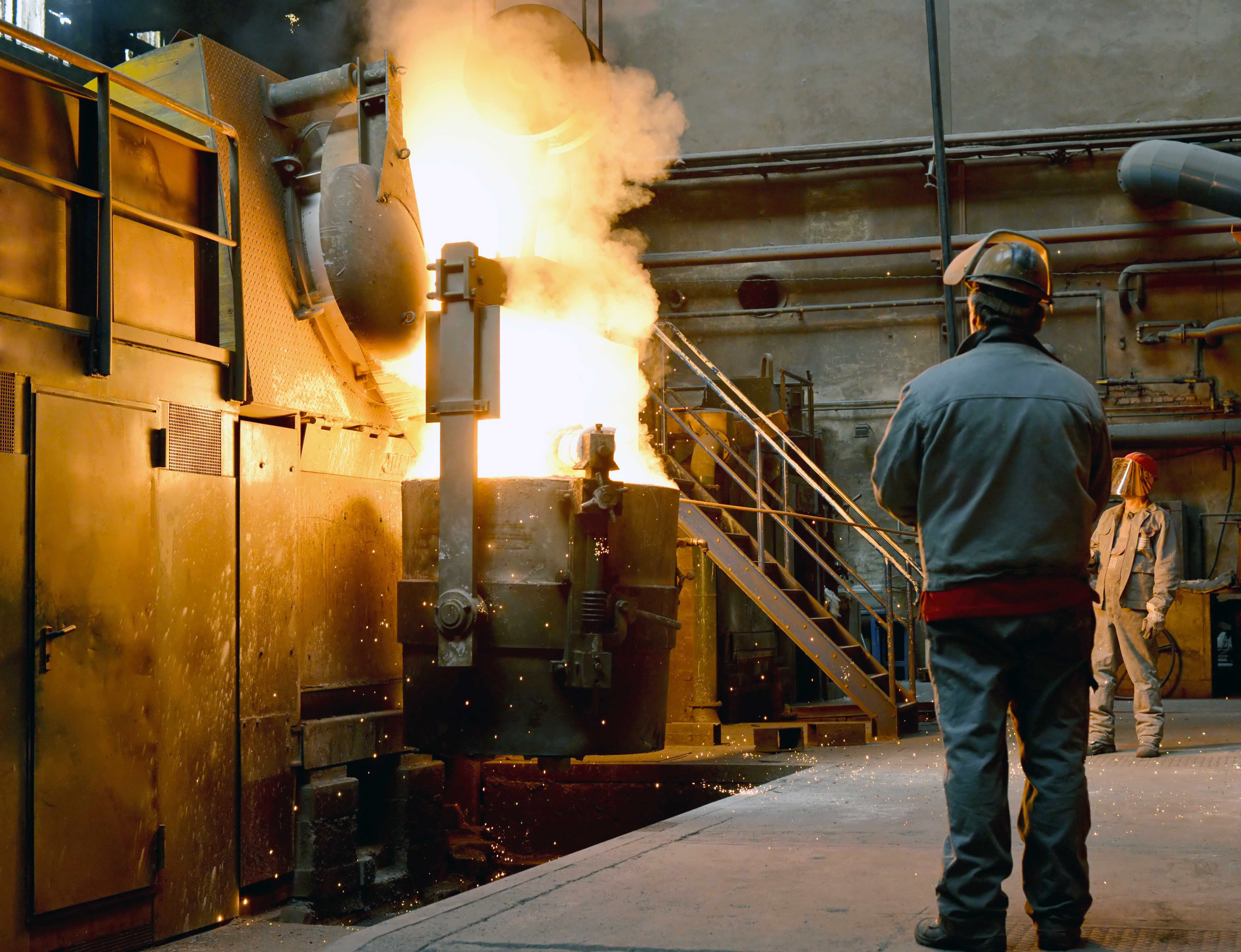The case for safe, sustainable and productive work is self-evident. Experts from organizations such as Dupont[1] recognize that the journey to zero harm for safe work, quality output and waste elimination is a necessary transformation from:
- Reactive workplaces where full compliance delivers operations mediocrity, to
- Interdependent workplaces where individual/ team choice delivers operations excellence.
The following anecdote demonstrates how teams can be set up to make the choice for safe work.
The Client
A medium sized, opencast/strip coal mining operation located in eastern Australia.
Issues
- The outcome of a workshop safety audit was significantly less than satisfactory, multiple potential hazards were identified and workplace behaviors questioned.
- What was required was an immediate supervisors action plan to address the potential for improvement. The time to develop and implement the plan was less than 12 months.
Key Methodology
The supervisors recognized that a workforce choice for change was the required ‘end’ and the ‘means’ included the involvement of all employees in developing improvement ideas and monitoring safety and housekeeping systems and measurement.
Resolution
The supervisors plan included
- A re-induction of everyone in their work teams, on a one-to-one basis, placing emphasis on safety systems and the establishment of a new foundation for their trust relationship.
- A reduction from the multiplicity of policies, procedures and protocols to a handful of ‘Must Know Protocols’ re-written to concise ‘one pagers’, printed and laminated. The five-point safety protocol was retained as a ‘Must Know’
- Workforce training and coaching in the ‘Must Know Protocols’, including safety data entry, incident and accident investigation, hazard identification and observations, and processing of associated paper work, was provided formally in classroom and informally on the job.
- Start-of-shift communication processes were reviewed and upgraded. Frequent but brief during-shift and end-of-shift supervisor and employee discussions became the norm.
- Any workforce identified problems, opportunities for improvement concerning the safety and housekeeping system, potential shortcuts or “why” questions were made point of focus.
- Workforce improvement teams were enrolled in the write-up of new work procedures, cost-benefit analysis, justifications for system changes, new measures, the promotion of employee ideas to senior management and requests for capital / appropriate resourcing e.g. for white boards and markers in meeting rooms, materials to build shadow boards, supply of paint, signage, extra lighting or arrangements for the next shift to come in early.
Outcome
The next audit revealed:
- A workshop with many changes, including shadow boards with spaces for tools yet to be acquired; retractable reels for grease and water hosing; anything that previously required a ladder for access (e.g. lighting) now able to be lowered to floor level for maintenance; designated equipment storage areas located throughout the workshop and easily located and delineated with two-meter-high metal posts; floor level equipment stands set up to facilitate cleaning; the workshop floor painted and walkways clearly marked – everything with a place and everything in its place.
- The shop floor spotless; over 12 months of zero injuries, zero accidents, but a significant increase in incident reporting, safety actions, safe work suggestions etc.
- No task undertaken without the completion of a written risk assessment, all work conducted in the context of a safety plan, all safety observations and audits conducted by the workforce, and positive confrontation with respect to any deviation from a safety or housekeeping standard the accepted norm.
- The cost of the improvements – not much more than the input of effort, energy, initiative and a little respect? Productivity increased by 30% but in addition the volume of work previously allocated to contractors reduced by half.
- Choice for safe, quality and the elimination of waste is now way of life.
[1] http://www.dupont.com/products‐and‐services/consulting‐services‐process‐technologies/brands/sustainable‐solutions/sub‐brands/operational‐risk‐management/uses‐andapplications/bradley‐curve.html. Accessed 18th June 2017

